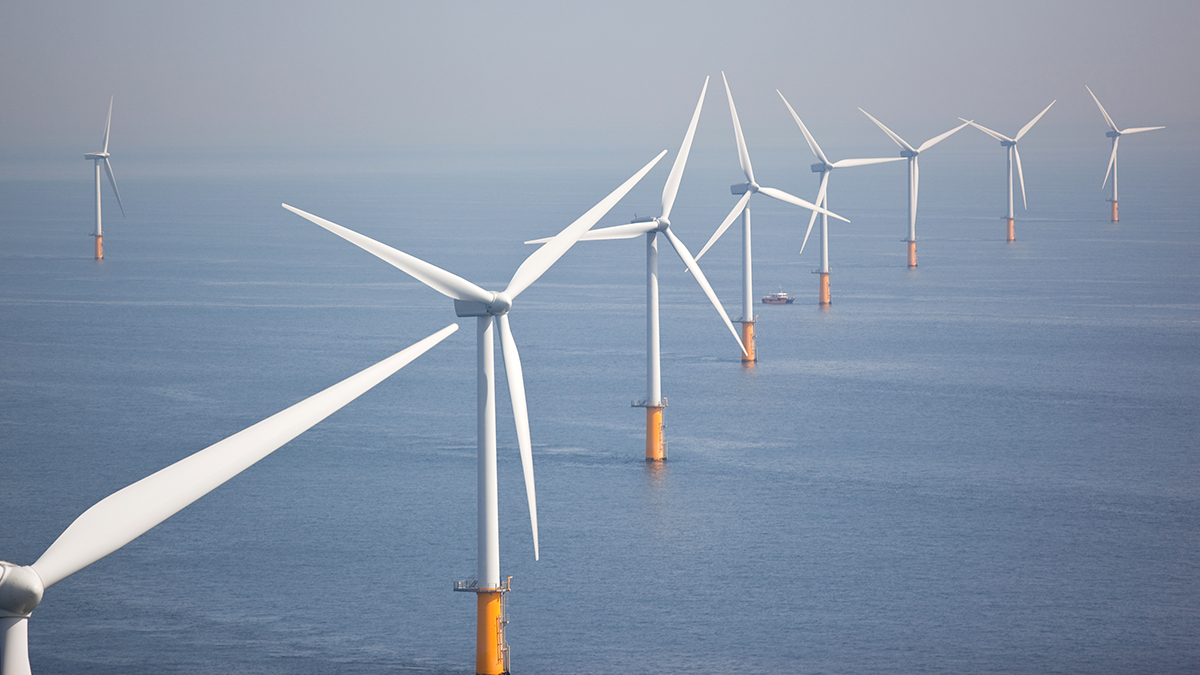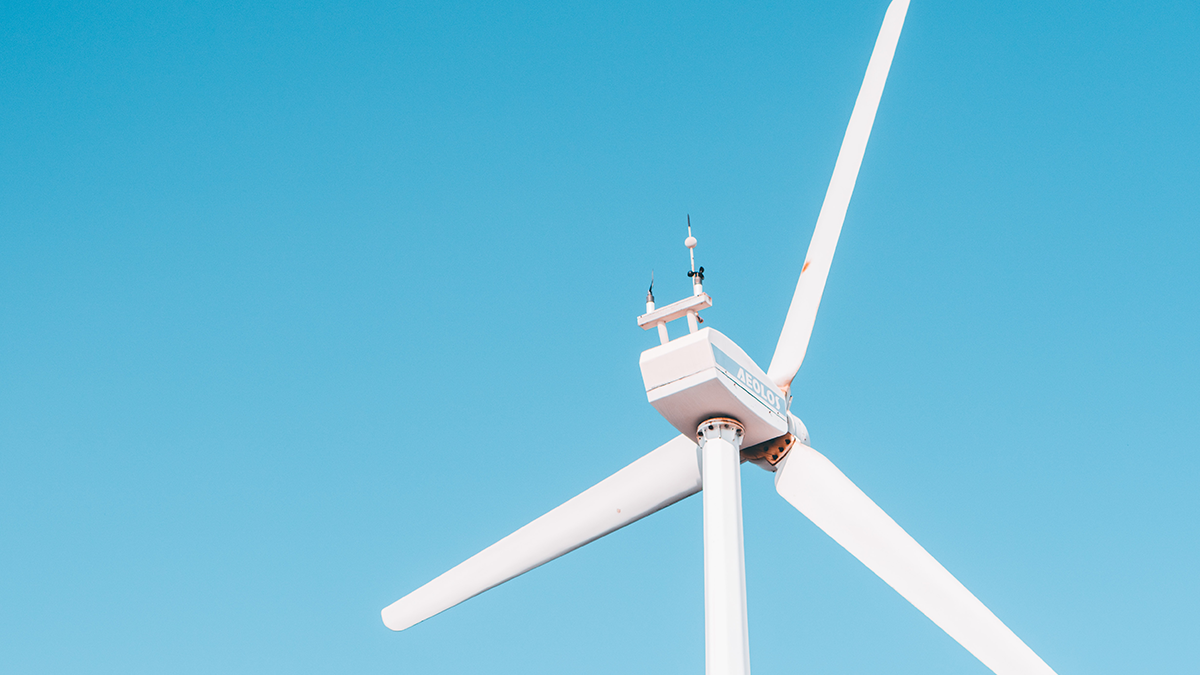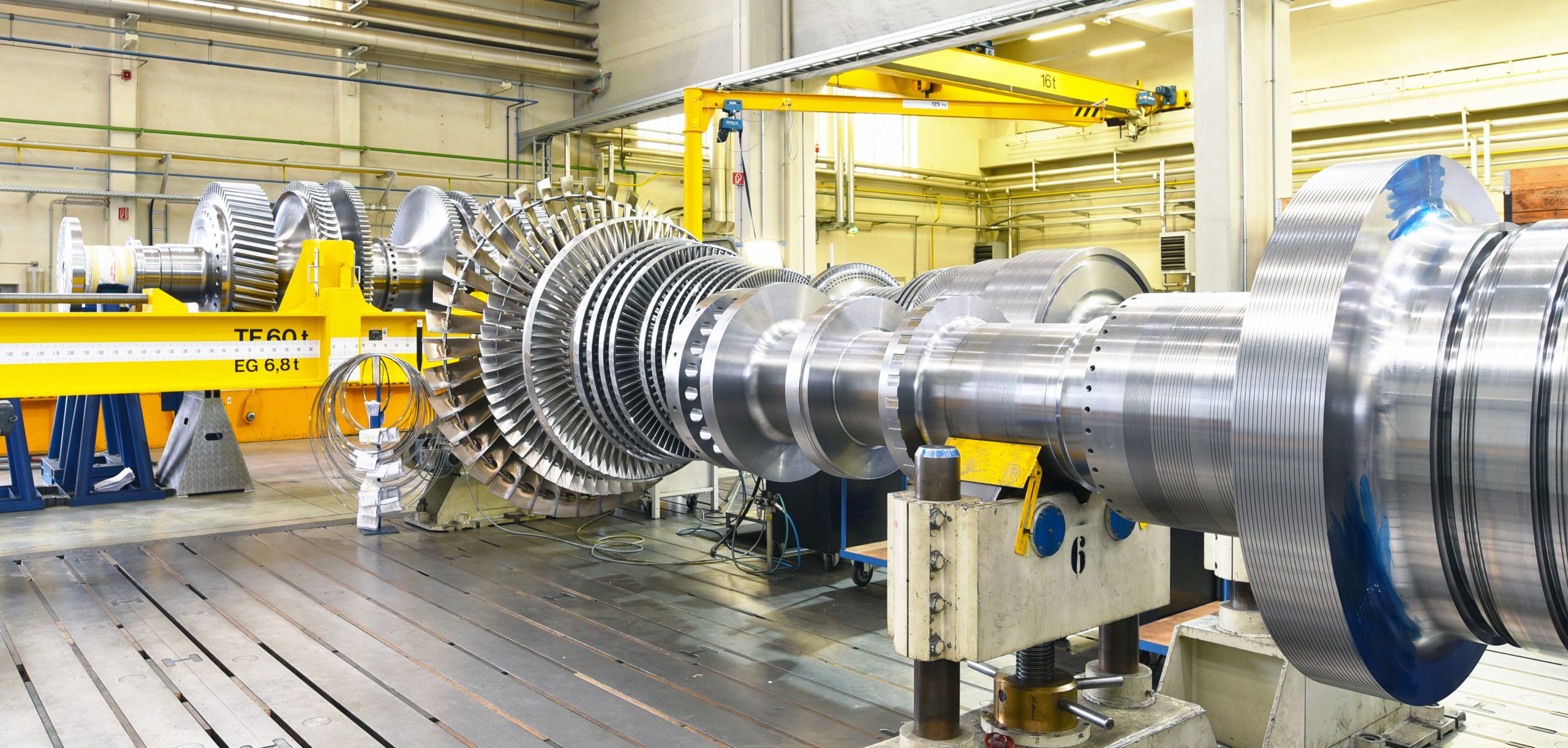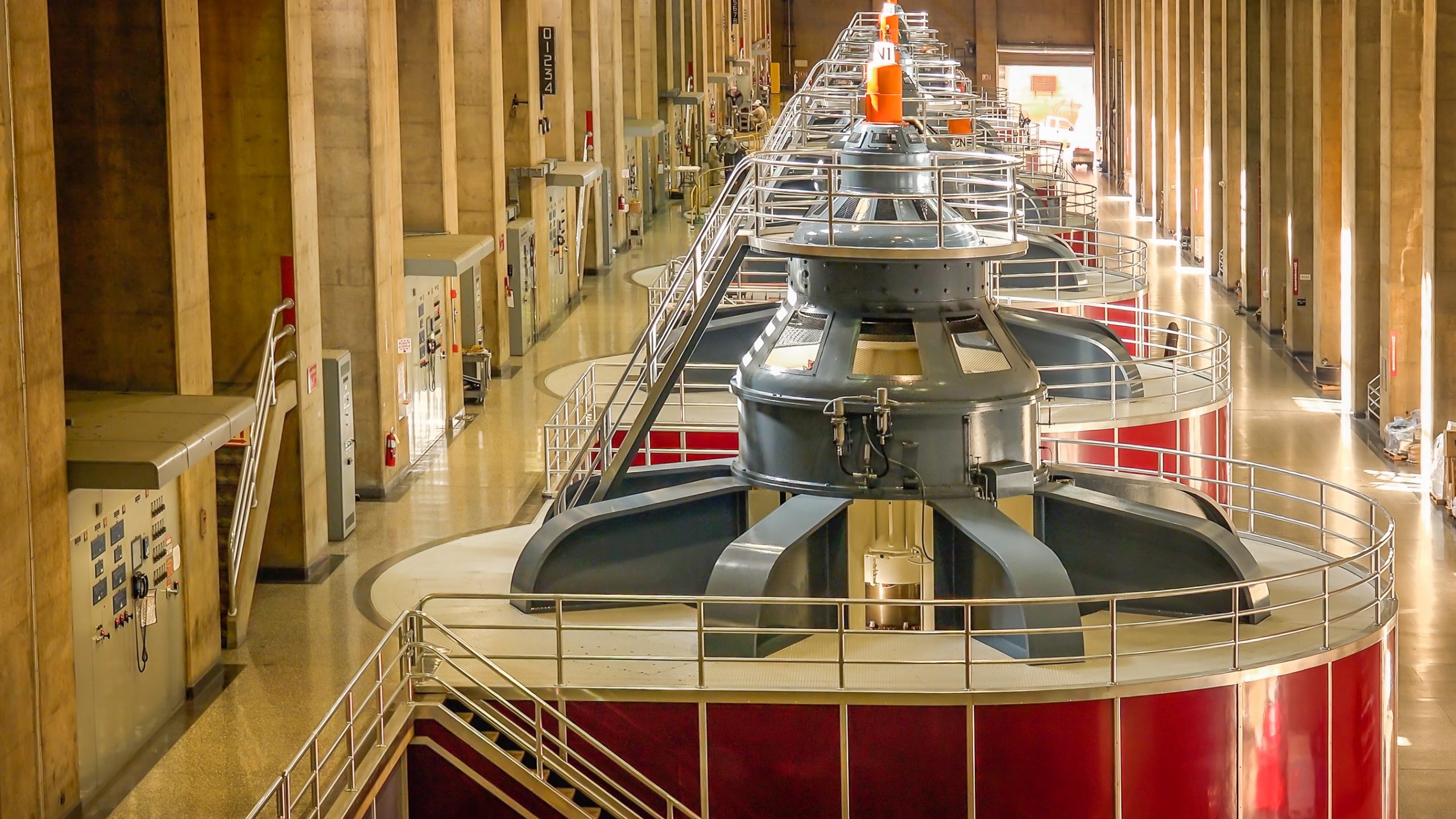The initial wind turbine mounted at the 487MW SeaMade overseas wind job off the coast of Belgium has created very first power.
DEME Offshore lately installed the initial 8.4 MW Siemens Gamesa wind turbine at the task in the Belgian North Sea, utilizing its DP2 offshore installation vessel Apollo.
DEME’s cable television laying vessel Living Stone lately completed cord burying tasks at the project.
Apollo loaded the initial wind generator elements at the Renewable Energy Base Ostend (REBO), which is used as the marshalling harbour for the pre-assembly of the 58 turbines.
The SeaMade site lies regarding 45 km off the Belgian coastline.
Apollo is currently setting up the rest of the wind farm’s wind turbines, numbering 58 in total, on monopile structures. Initial SeaMade turbine starts rotating
The initial wind turbine mounted at the 487MW SeaMade overseas wind job off the coast of Belgium has created very first power.
DEME Offshore lately installed the initial 8.4 MW Siemens Gamesa wind turbine at the task in the Belgian North Sea, utilizing its DP2 offshore installation vessel Apollo.
DEME’s cable television laying vessel Living Stone lately completed cord burying tasks at the project.
Apollo loaded the initial wind generator elements at the Renewable Energy Base Ostend (REBO), which is used as the marshalling harbour for the pre-assembly of the 58 turbines.
The SeaMade site lies regarding 45 km off the Belgian coastline.
Apollo is currently setting up the rest of the wind farm’s wind turbines, numbering 58 in total, on monopile structures.
The SeaMade offshore wind farm is a 487MW wind power project being developed in the Belgian section of the North Sea.
The €1.3bn ($1.47bn) wind farm will be built and owned by Seamade, a joint venture of Otary (70%), Engie Electrabel (17.5%) and Eneco (12.5%).
Seamade achieved financial closure for the project in December 2018. Construction is expected to commence in 2019 and is scheduled for completion in 2020.
The wind farm will generate enough renewable energy to power 485,000 households in the region and will offset 500,000t of CO2 emissions a year.




